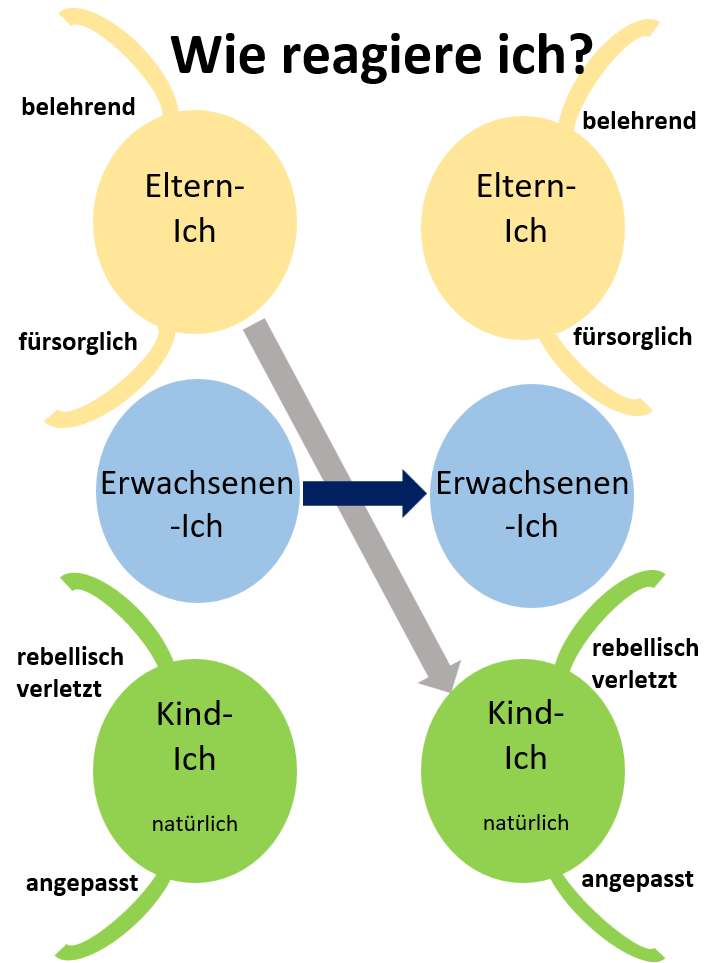Transaction Analysis: An Introduction
Learn how transaction analysis helps understand interactions and solve communication problems.
Transaction Analysis: An Introduction
Transaction Analysis: An Introduction
Transaction analysis is a model for analyzing communication. It helps determine why communication works or fails.
Transaction
A transaction is the combination of a transaction stimulus and a transaction response. The transaction stimulus starts the transaction—someone says something. The transaction response is the reply to that stimulus—the other person answers.

The Ego States
Transaction analysis identifies three ego states people can be in during communication. The problem is, people often aren't in compatible ego states, so communication doesn't happen on the same level.
Parent Ego
The Parent Ego has two forms:
1. Critical
The critical Parent Ego is characterized by commands, prohibitions, and accusations. When someone is in this state, their statements often seem condescending, demotivating, restrictive, and dominating.
2. Nurturing
The nurturing Parent Ego is supportive, protective, and caring. It includes being overly protective or mothering.
Adult Ego
The Adult Ego is factual, weighing options (like risks), and analytical. It brings objectivity back to the conversation and balances the other ego states.
Child Ego
The Child Ego represents impulsiveness, naturalness, and spontaneity. It has the following forms:
1. Rebellious/Injured
The rebellious/injured Child Ego takes on a victim role and shows defiance and resistance.
2. Adapted
The adapted Child Ego shows conformity. It behaves as expected and submits.
Complementary Transaction
A transaction is complementary when both the stimulus and response come from the same ego states or occur naturally (like boss-employee, mother-child).
Crossed Transaction
A transaction is crossed when the stimulus giver's expectations aren't met. In training, this leads to disruption.
Ulterior Transaction
A transaction is ulterior when sarcasm is used as a communication tool.
Basic Attitudes of Transaction Analysis
The basic attitude determines how information is received, and how a person develops and behaves.
Depending on the situation, everyone has one of these basic attitudes.
I'm not okay – You're okay
Someone with this attitude sees their environment as fine, but not themselves. They look for reasons and solutions within themselves rather than outside. The potential for problem-solving is limited by feelings of inferiority or inability.
I'm not okay – You're not okay
This attitude usually doesn't last long. Someone with it sees both themselves and their environment as not okay. Despair hinders problem-solving.
I'm okay – You're not okay
Someone with this attitude sees themselves as fine. They look for reasons and solutions outside themselves. The potential for problem-solving is low. They often feel powerless because problems seem external.
I'm okay – You're okay
Someone with this attitude sees both themselves and others as okay. They look for solutions both within themselves and their environment. This attitude has the highest potential for problem-solving.
